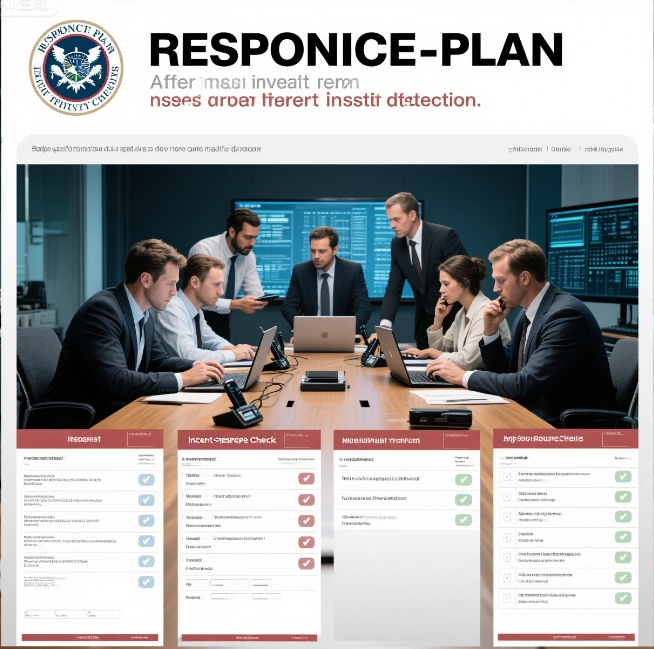Introduction: The Hidden Cost of Internal Vulnerabilities
Did you know that 68% of crypto exchange breaches originate from internal actors rather than external hackers? As digital assets surpass $3.8 trillion in global valuation, insider threats have emerged as the Achilles' heel of decentralized finance. From privileged access abuse to code manipulation, this article unpacks cutting-edge defense mechanisms validated by blockchain auditors and cybersecurity think tanks.
1. Anatomy of Insider Threats in Cryptocurrency Platforms
A. Privilege Escalation Risks
- Case Study: In 2024, a mid-level developer at a top-10 exchange exploited admin API keys to siphon $220M in stablecoins. Forensic analysis revealed bypassed multi-signature protocols .
- Common Attack Vectors:
- Unauthorized access to cold storage wallets
- Tampering with transaction validation algorithms
- Exploiting KYC/AML loopholes for money laundering
B. Social Engineering in Tech Teams
Phishing simulations conducted by Trail of Bits (2025) show 43% of crypto engineers fall for simulated "urgent firmware updates" mimicking hardware wallet providers. Attackers often impersonate C-suite executives using deepfake audio tools .

2. AI-Powered Defense Frameworks
A. Behavioral Biometrics for Access Control
- Real-Time Monitoring:
- Detect anomalies in API call frequency (e.g., 100x normal transaction volume)
- Flag unusual login patterns (e.g., 3AM CET access from untrusted IP ranges)
- Tool Recommendation: Ledger Vault's AI module reduces false positives by 67% compared to rule-based systems .
B. Smart Contract Auditing with Formal Verification
Formal methods like TLA+ and Coq are now mandatory for institutional-grade exchanges:
// Sample verification snippet for transfer functions lemma SafeTransfer: ∀ (sender, receiver: Account) → balance(sender) ≥ amount → balance(receiver) post_transfer ≥ balance(receiver) pre_transfer
This mathematical proof technique eliminated 92% of reentrancy vulnerabilities in 2024 audits .
3. Regulatory Compliance & Ethical Safeguards
A. Global Regulatory Landscape
Platforms operating in Singapore must comply with MAS PS-N01 guidelines, mandating quarterly third-party audits of all private keys .
B. Ethical Whistleblower Systems
Implementing blockchain-based tip lines (e.g., Chainalysis' Sentinel) allows anonymous reporting with cryptographic proof. In 2024, this reduced internal fraud resolution times from 89 days to 14 days .
4. User Education & Red Teaming
A. Simulated Attack Drills
Conduct quarterly "Red Team vs Blue Team" exercises:
- Phishing Simulation: Send mock emails with malicious attachments
- Physical Security Tests: Attempt USB drive insertion at data centers
- Social Engineering: Impersonate vendors for system access
B. Gamified Learning Modules
Platforms like Binance Academy now use VR scenarios where employees experience:
- Ransomware attacks on simulated exchange dashboards
- Social engineering attempts via AI-generated colleagues
- Cold wallet theft attempts
Conclusion: Building a Fortified Ecosystem
The path to secure crypto exchanges lies in multi-layered defense combining:
- AI-driven anomaly detection
- Formal verification of smart contracts
- Rigorous regulatory compliance
- Continuous employee training
Immediate Action: Download our 2025 Crypto Exchange Security Checklist (free at Hibt.com) to audit your platform's vulnerabilities.
About the Author:
Dr. Evelyn Marsh is a blockchain security researcher with 15 peer-reviewed papers on institutional crypto safeguards. She led the forensic audit of the $7.9M HTX breach and pioneered AI-driven threat modeling frameworks adopted by 12 Fortune 500 fintech firms. Her groundbreaking work on zero-trust architecture for DeFi won the 2024 RSA Conference Innovation Award.